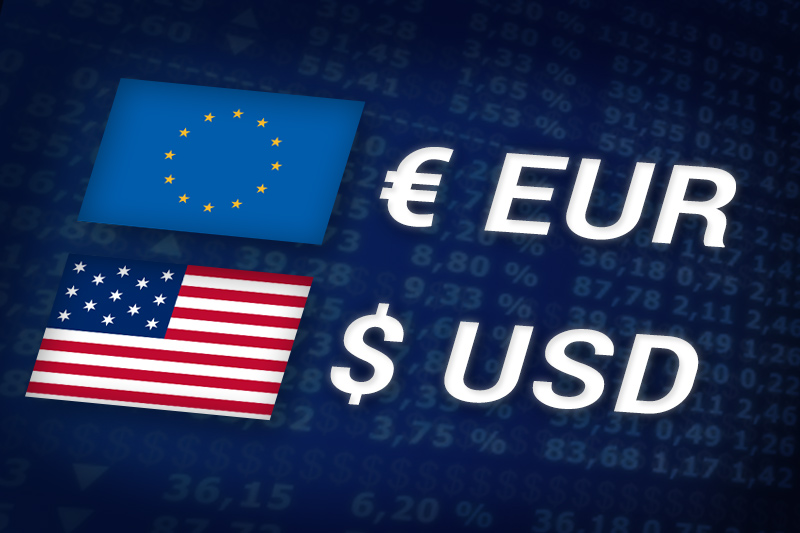Investing.com - The euro weakened against the U.S. dollar in Asian trade Wednesday, even as economic data from Europe proved better than expected while activity numbers in the U.S. pointed to further sluggishness in the world’s largest economy.
EUR/USD hit 1.4442 in early Asian trade, the pair’s highest since Tuesday; the pair subsequently consolidated at 1.4437, dropping 0.03%.
The pair was likely to find support at 1.4260, last Friday’s low, and resistance at 1.4526, the high of July 27.
Earlier Tuesday, Markit Economics reported that Germany’s Manufacturing Purchasing Manager’s Index came in at 52.0 in August, exceeding forecasts of 50.6 reading for the period.
While the Manufacturing PMI for the euro-zone as a whole fell to 49.7 in August from a 50.4 reading the previous month, the July number outpaced market forecasts of a drop to 49.5.
Positives garnered in the market from the encouraging manufacturing and service sector data were muted by the release of German ZEW Economic Sentiment which fell to minus 37.6 in August from minus 15.1 in July, far worse than the forecast of a drop to minus 26.0.
The figure for the euro-zone as a whole during the period registered minus 40, far below forecasts of a minus 6.2.
Later Tuesday, the U.S. Census Bureau reported that new home sales dropped more than expected in July, falling 0.7% to a seasonally adjusted annual rate of 298,000. Economist’s forecasts were for a 1% gain in July to 310,000.
It was the third straight month the figure declined and slowest growth rate since February.
Meanwhile, the euro was lower against both the British pound and the Japanese yen, with EUR/GBP slipping 0.05% to hit 0.8749 and EUR/JPY down by 0.02% to hit 110.66.
Europe’s Institute of Economic Research was scheduled to release its German Information and Foschung (Ifo) Business Climate Index later Wednesday.
